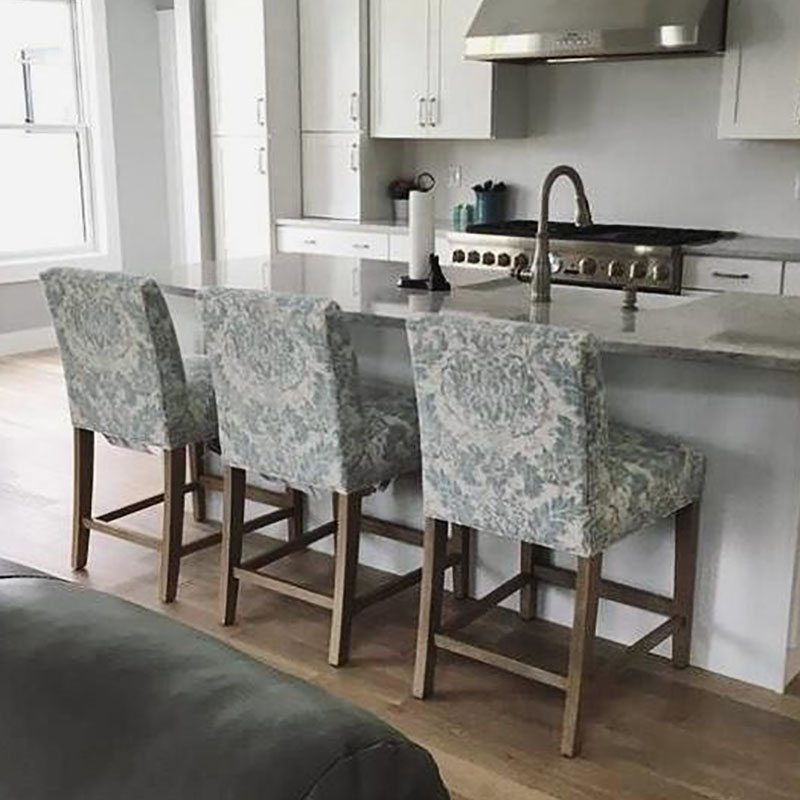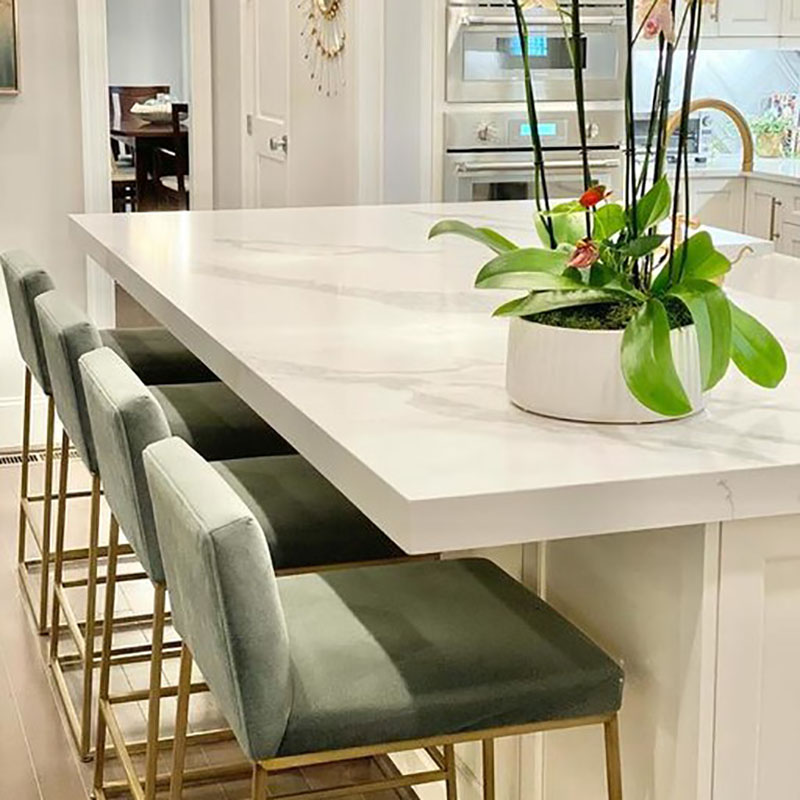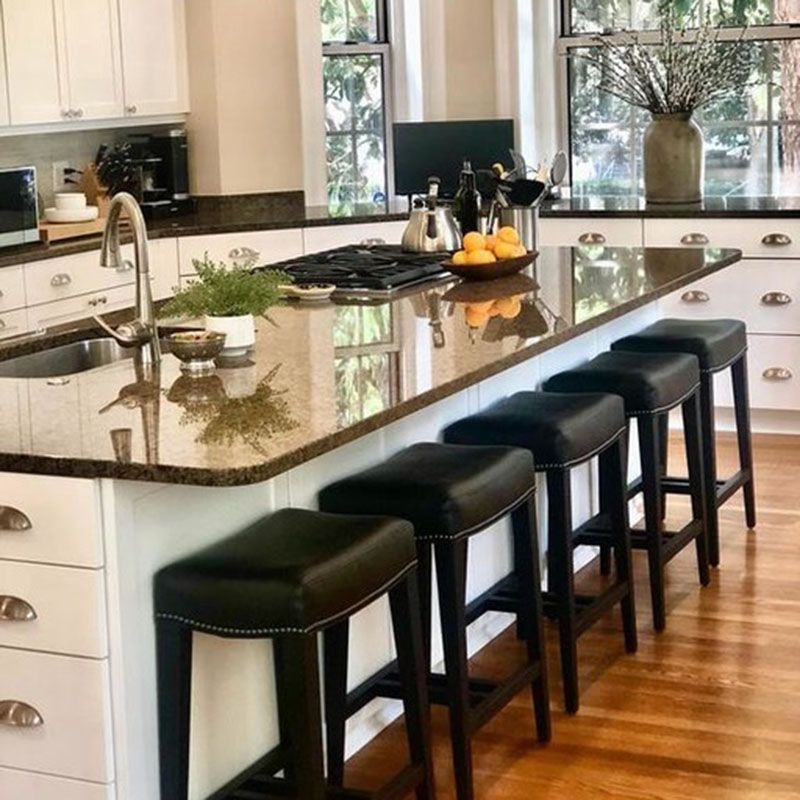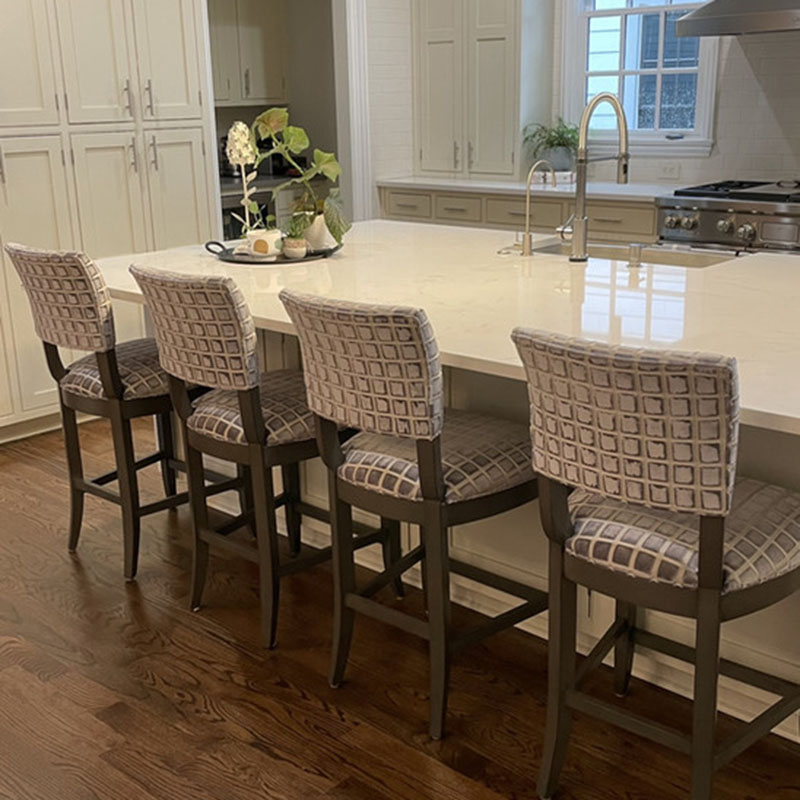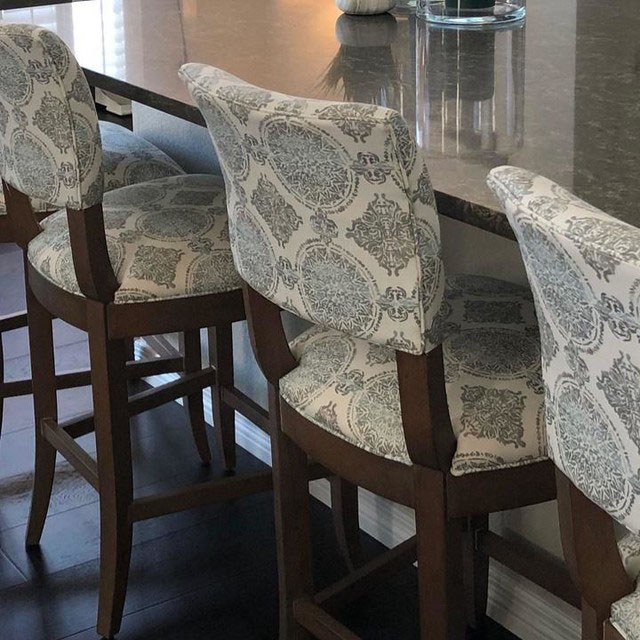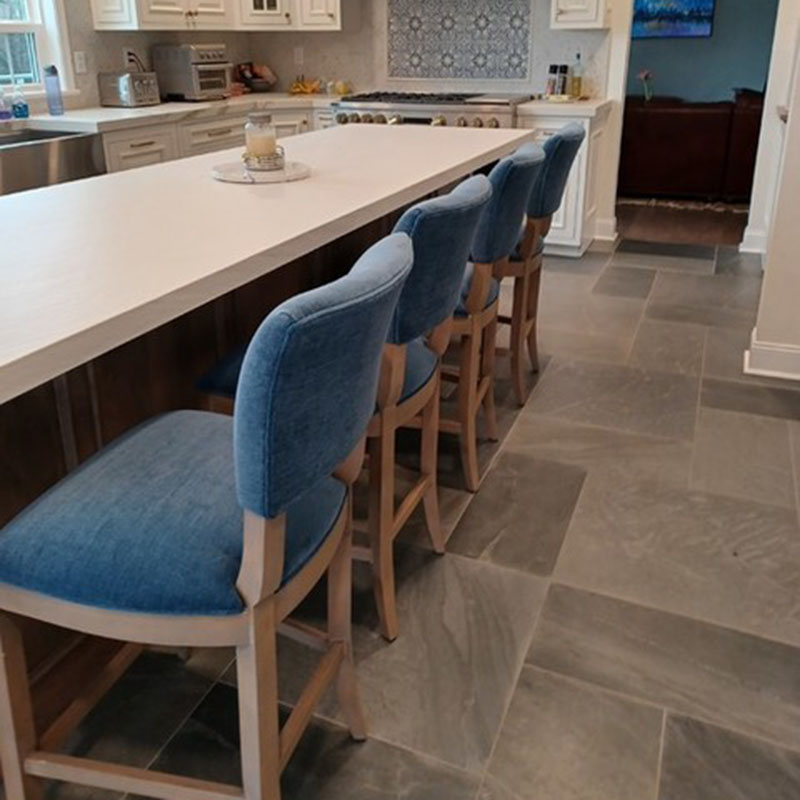Sitting Pretty: Understanding the Difference Between Counter Stools & Bar Stools

When furnishing a kitchen island, home bar, or high-top table, the choice between a counter stool and a bar stool might seem minor, but it’s crucial for comfort, aesthetics, and functionality. The primary difference lies in their height, designed to complement specific table or counter heights. Understanding these distinctions will ensure you pick the perfect seating for your space.
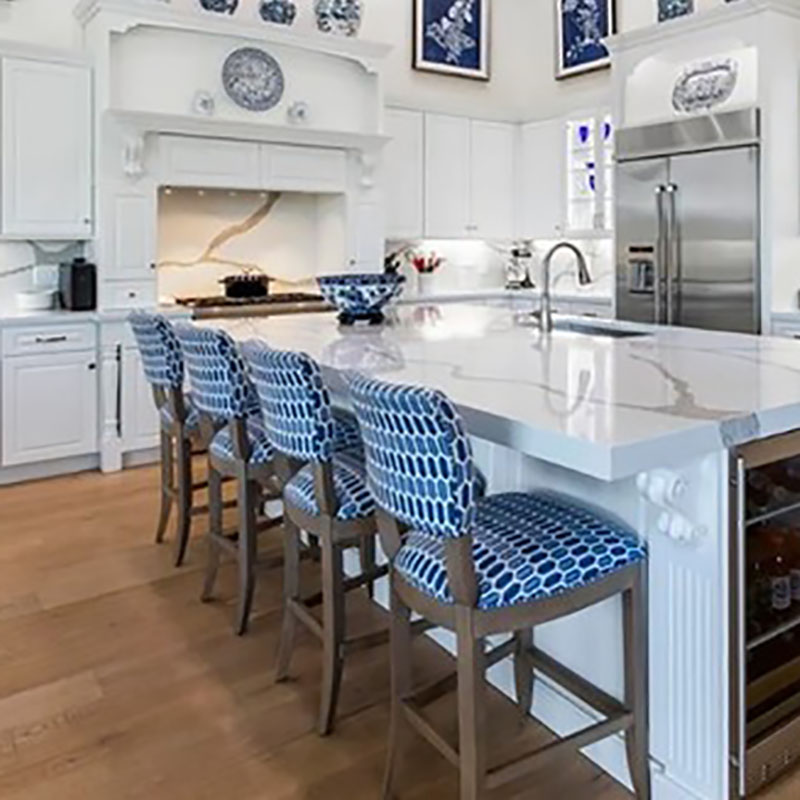

The Tale of Two Heights:
The key to distinguishing between counter stools and bar stools is the surface they’re intended to be used with. The general rule of thumb for comfortable seating is to maintain a gap of approximately 10 to 12 inches between the seat of the stool and the underside of the tabletop or counter. This allows for adequate legroom and ease of movement.
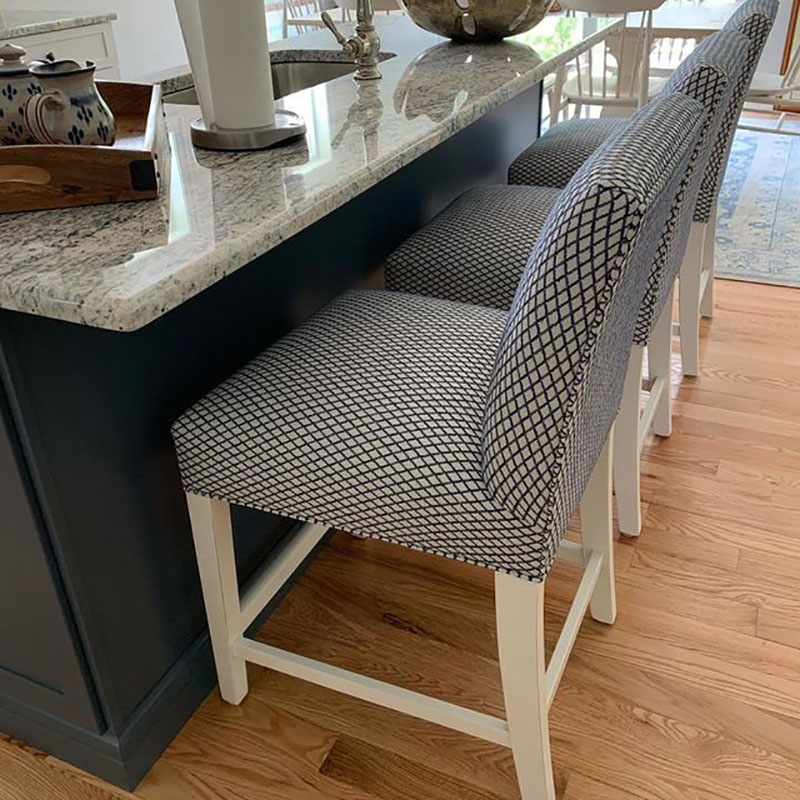
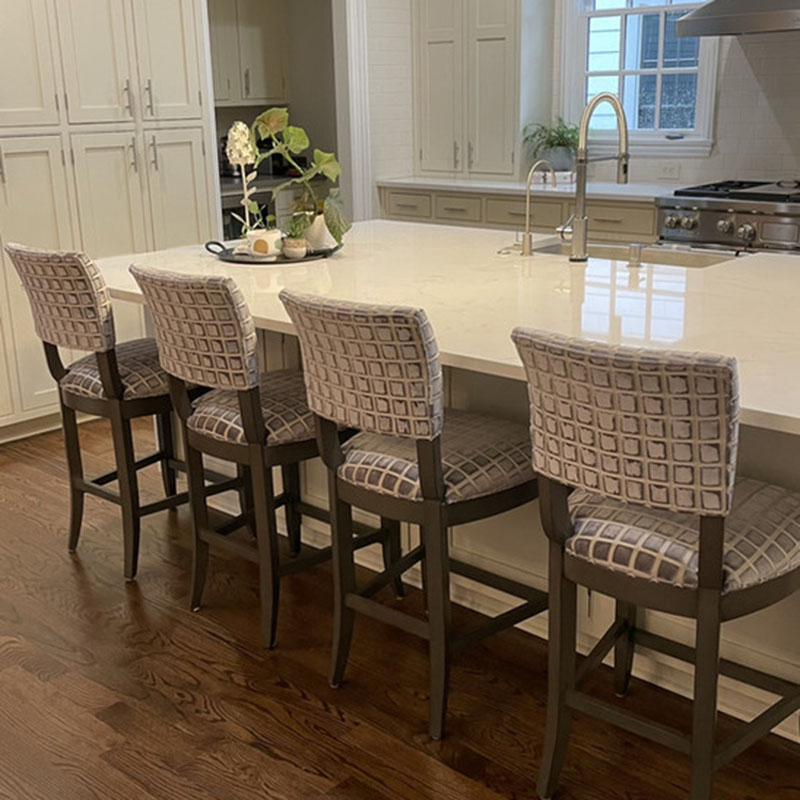
1. Counter Stools:
- Counter Height: Standard kitchen countertops, kitchen islands, and many casual dining areas typically sit at counter height, which is generally 34 to 36 inches (86-91 cm) from the floor.
- Stool Height: To comfortably fit under a counter-height surface, a counter stool usually has a seat height ranging from 24 to 27 inches (61-69 cm). This height makes them ideal for everyday use, from meal prep to quick breakfasts or casual entertaining.
- Common Applications: Kitchen islands, breakfast bars, and stand-alone counter-height tables in dining or open-plan living areas.

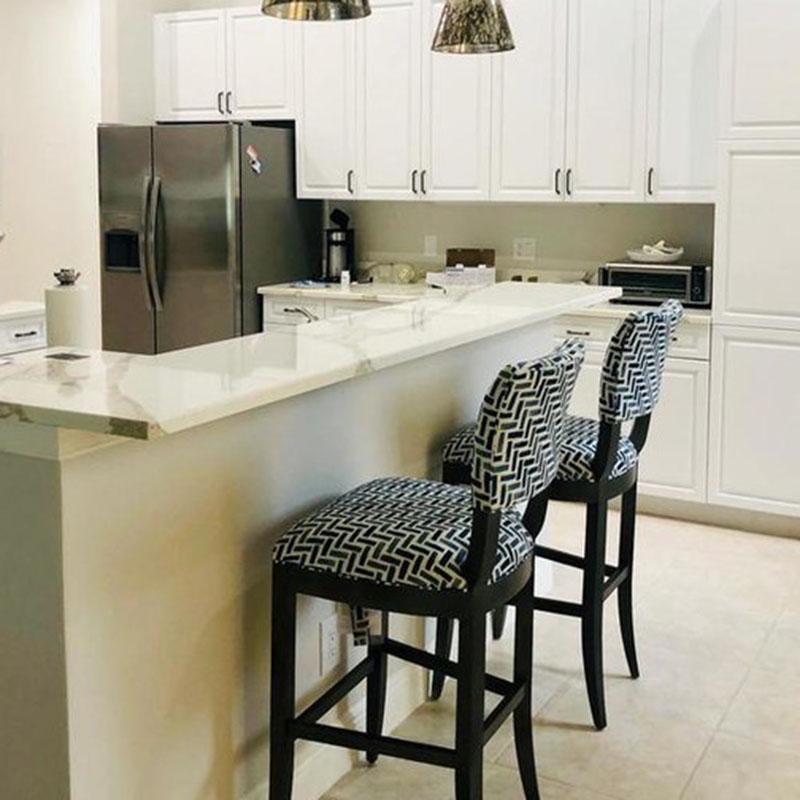
2. Bar Stools:
- Bar Height: True bar height surfaces, often found in dedicated home bars, pub tables, or elevated sections of kitchen islands, are taller, typically measuring 40 to 42 inches (102-107 cm) from the floor. Commercial bars can sometimes be even higher, up to 45 inches.
- Stool Height: Accordingly, bar stools are designed with a taller seat height, usually ranging from 28 to 32 inches (71-81 cm). Some extra-tall bar stools can go up to 36 inches for even higher bar surfaces.
- Common Applications: Home bars, pub tables, and high-top dining tables in restaurants or casual eateries. Their elevated nature can also create a visual separation in open-concept living spaces, allowing those seated to maintain eye level with standing guests.
Beyond Height: Other Considerations
While height is the defining factor, other elements can influence your choice:
- Adjustability: Some stools offer adjustable height mechanisms, providing flexibility if you have slightly non-standard counter or bar heights, or if you want to accommodate users of varying heights.
- Style and Design: Both counter and bar stools come in a vast array of styles, materials, and finishes to match any decor, from sleek modern to rustic farmhouse. Consider the overall aesthetic of your space when making your selection.
- Backrests and Armrests: Stools can be backless, have low backrests, or full backrests and armrests. Backrests offer more support and comfort for longer periods of sitting, while backless stools can be tucked away more easily and create a more open look.
- Footrests: Most stools, regardless of height, include a footrest. This is crucial for comfort, allowing users to rest their feet and maintain good posture, especially at higher seating levels. Ensure the footrest is at a comfortable distance from the seat for your intended users.
- Footprint and Spacing: Consider the width of the stools and the space available. You’ll want to ensure adequate elbow room between stools (typically 6-11 inches or 15-28 cm) and enough clearance for people to easily get in and out.
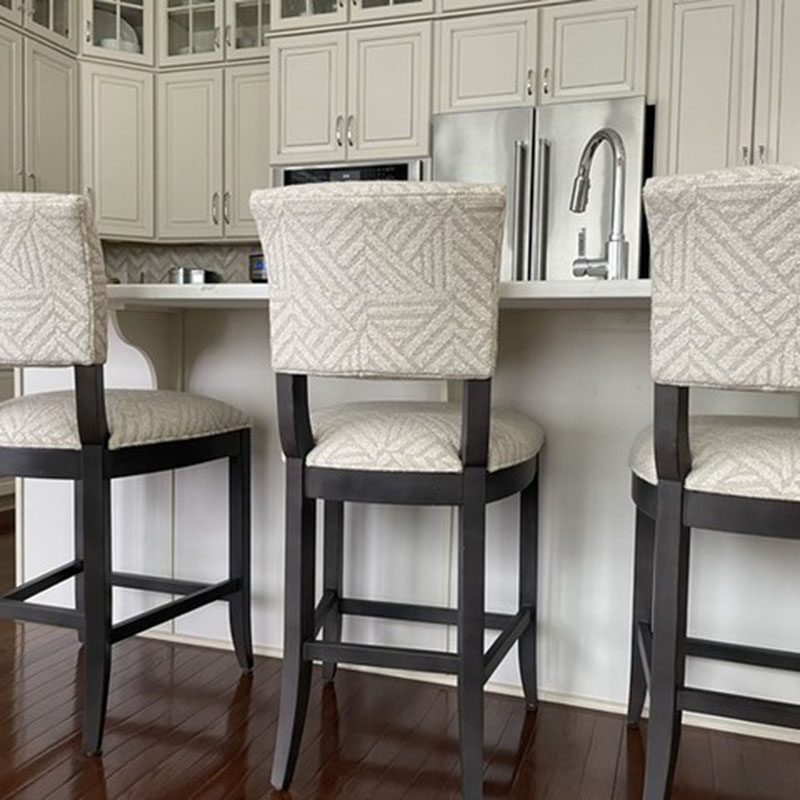
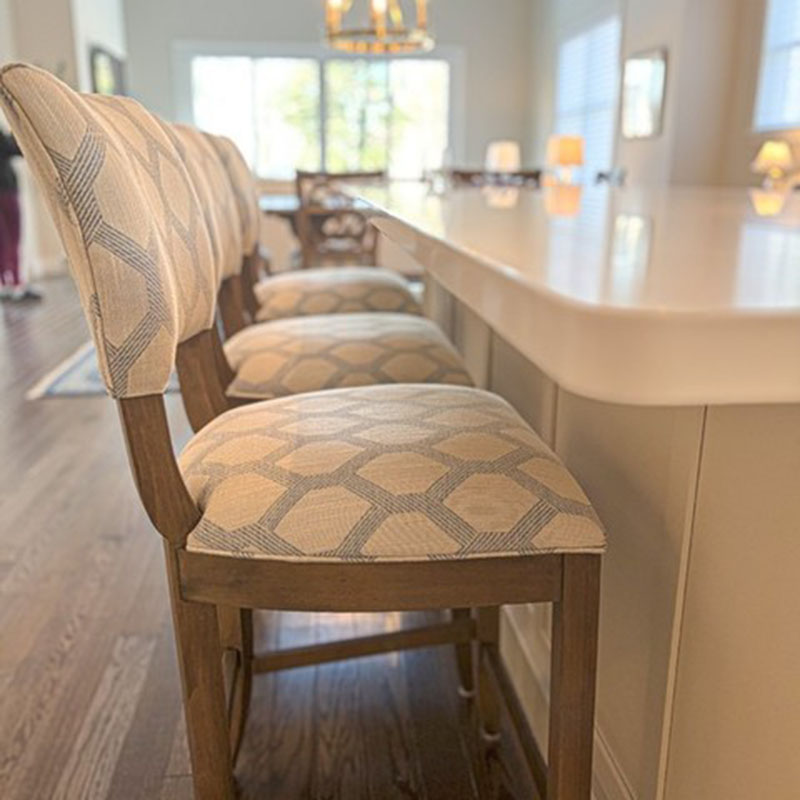
The Bottom Line: Measure Twice, Buy Once
The most important step before purchasing any stool is to measure the height of your counter or bar accurately. Then, subtract 10 to 12 inches to determine the ideal seat height for your stools. By understanding these fundamental differences and keeping your specific needs in mind, you can confidently choose the perfect counter stools or bar stools to enhance your living space.
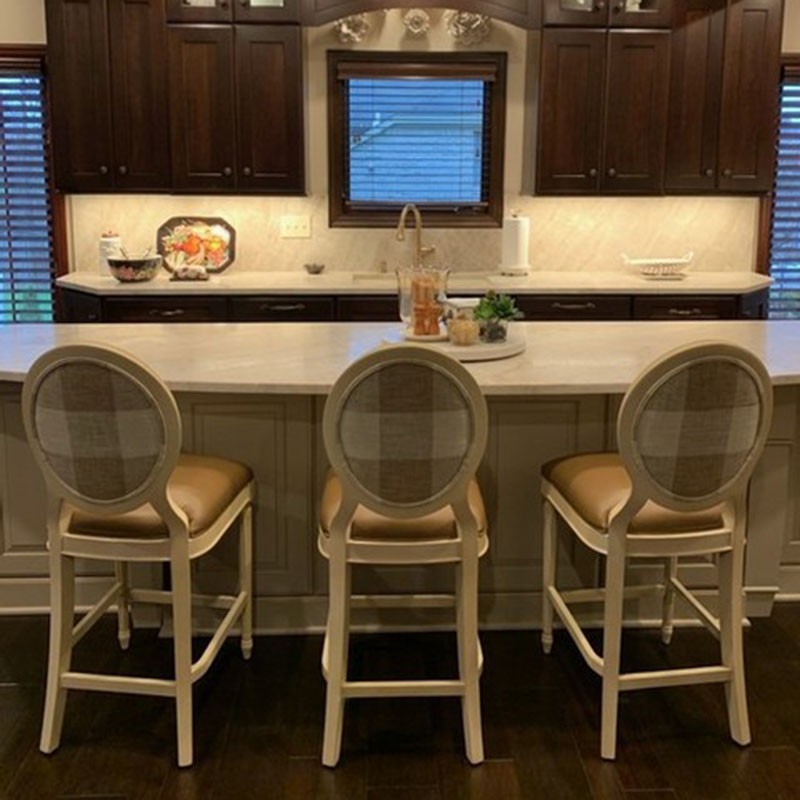
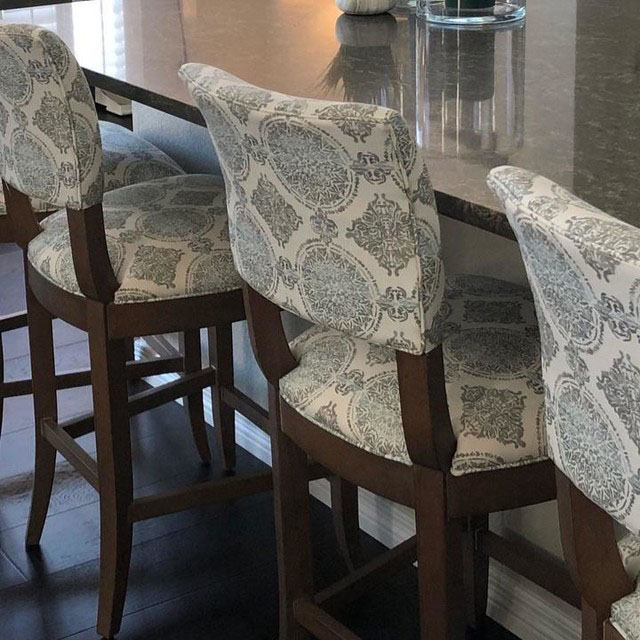
How to Not Measure at All – The Simple Truth
Look at your kitchen and now look at the counters. Are they all one height? if all the surfaces in your kitchen are one height then you need counter stools. If there is any jag in your surface where it has a different height then you need bar stools.
